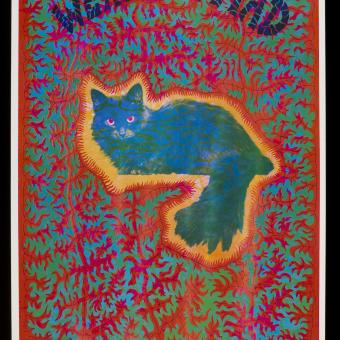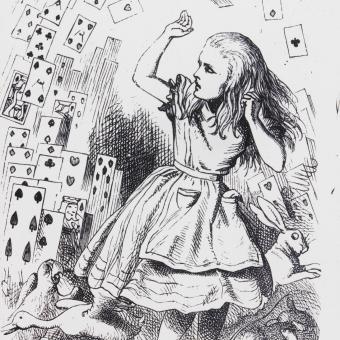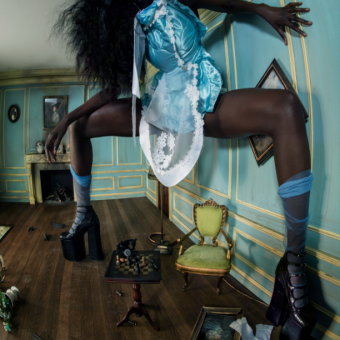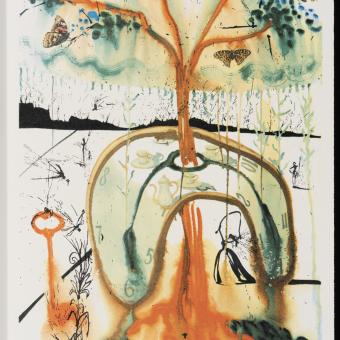
A dreamlike journey into the origins, adaptations and artistic reinventions of Alice’s Adventures in Wonderland through time and different disciplines, the largest exhibition on a Victorian cultural phenomenon that forms part of today’s collective imagination
In collaboration with the V&A Museum in London, this exhibition is the first to offer a comprehensive overview of the impact and influence of this Victorian work, a cultural phenomenon in terms of its scope and a source of inspiration for the most creative minds. The exhibition highlights the enduring relevance of the character of Alice, almost 160 years after her creation by Lewis Carroll, and presents her from a broad perspective, the protagonist of these different “worlds” in which the character has been reinterpreted.
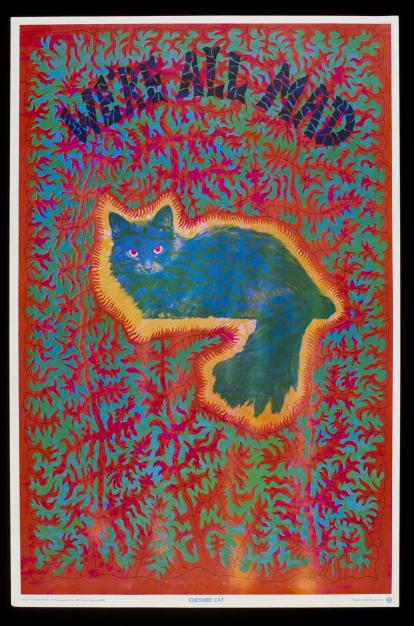
The exhibition delves into the background and context of the work and reviews its interpretations from various disciplines: film, visual arts, fashion and science. With a theatrical and immersive staging, it offers a wide-ranging vision of the character, and includes a playful dimension and a space for reflection that establishes a dialogue between Alice’s world and the one we live in.
It follows the structure of the twelve chapters of Alice’s Adventures in Wonderland and is divided into five areas: The Invention of Alice shows its literary, social and political background and context; Through the Screen reviews the films inspired by the novels; Alice, Gateway to Other Worlds reveals how concepts that appear in the work, such as dream, space and time, have inspired artists and movements; Alice on Stage shows her as the origin for various stage genres in which “Wonderland” is a space for imagining the impossible; and finally, Becoming Alice focuses on contemporary interpretations that present the character as a modern-day Alice, an explorer equipped for the 21st century.
- Curator: Kate Bailey, senior curator of Theatre and Performance of the V&A London
- Organisation: Exhibition created by the V&A in London and
produced by the ”la Caixa” Foundation


